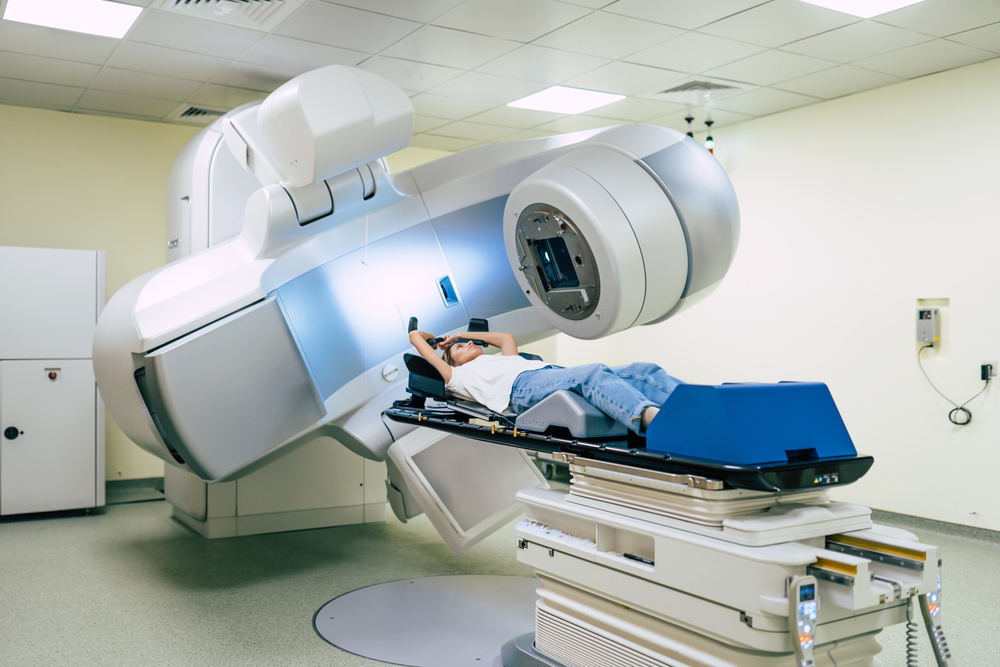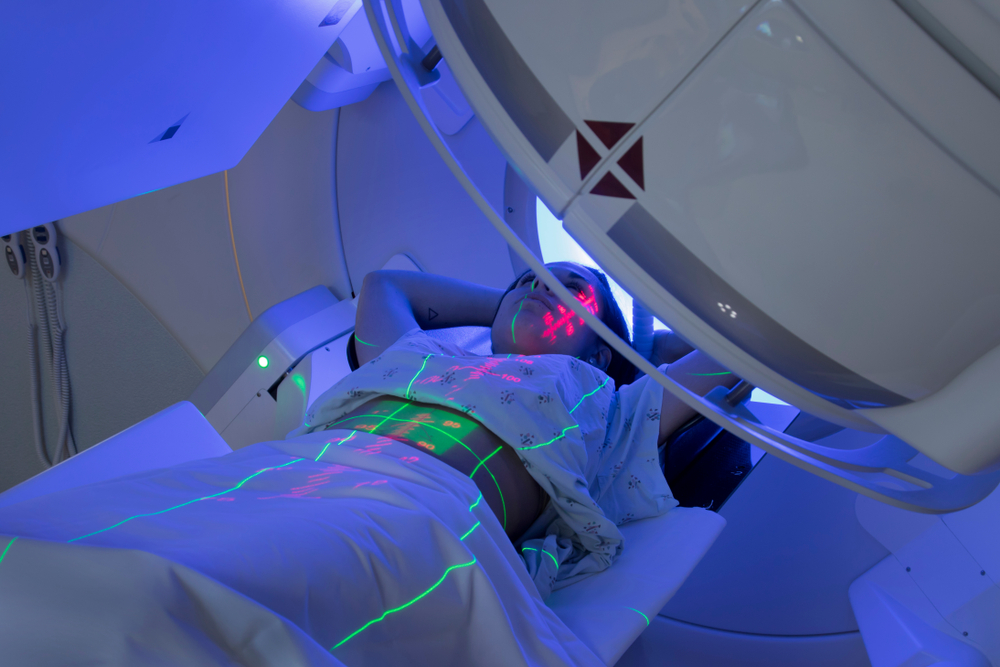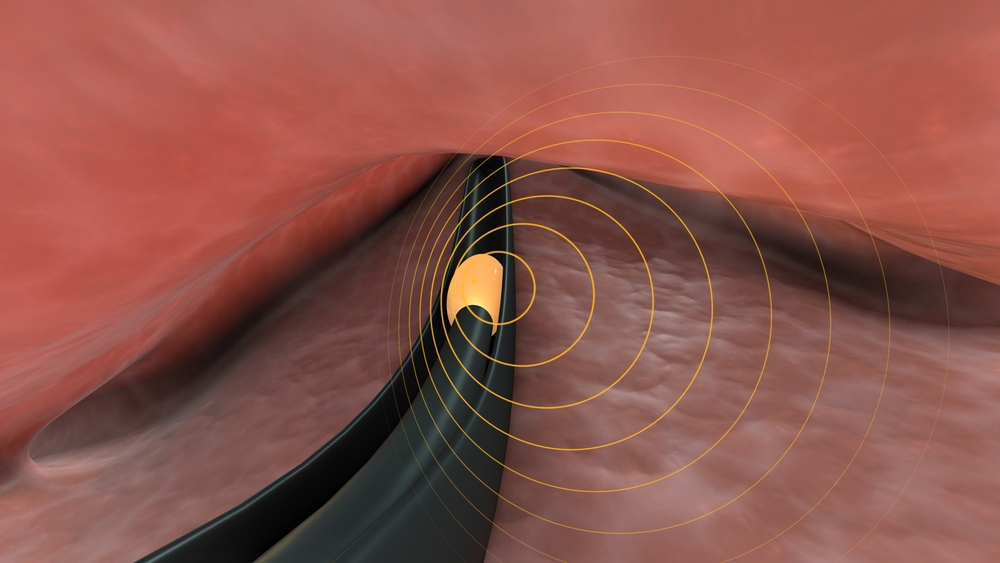More than 200 types of cancer have been discovered in the human body. Skin cancer is one of them and there are many types of treatment for this cancer such as chemotherapy, immunotherapy, surgery, radiation therapy etc.
Radiation for skin cancer is a type of treatment option that is able to destroy skin cancer cells. In this treatment low energy X-rays are used to destroy cancer cells and it is also called electron beam radiation. Radiation can be used for both melanoma and non-melanoma skin cancers.
Efficacy of radiation for skin cancer
Among other skin cancer treatments such as immunotherapy, chemotherapy, surgery, etc. radiation is an important and commonly used treatment compared to other treatments. It is a very effective treatment that can be used to cure breast cancer and skin cancer in people of almost all ages.

If your oncologist thinks that radiation therapy alone is the best way to get rid of your skin cancer, that’s what he’ll do. Sometimes it is used as an adjunct to other treatments to remove cancer, such as surgery or chemotherapy. Skin cancer is treated with radiation if surgery is needed and the patient does not want surgery.
When Is Radiation for Skin Cancer an Option?
Although radiation is a very effective treatment for skin cancer, it is not always used for all types of skin cancer patients. Other treatment methods can also be used such as surgery or chemotherapy or immunotherapy etc. However, the situations in which radiation for skin cancer can be used are described below.
- X-rays or radiation therapy are used instead of surgery if the cancer has spread to a large area of the skin.
- If the cancer is in an area of the skin where surgery is dangerous, such as the brain or under the eyes, radiation is used.
- Sometimes radiation is used to kill some cancer cells that remain in the lymph nodes or surrounding tissue after surgery.
- If someone is afraid of surgery to remove the cancer, other treatments are used, such as radiation therapy.
However, radiation therapy is often used as an adjunct to other treatments. This makes the cancer less likely to come back.
How is radiation given for skin cancer?
Radiation therapy is mainly used to treat skin cancer in two ways: external radiation therapy and brachytherapy.
External radiation therapy (radiation for skin cancer)
External beam radiation therapy is known as a painless treatment for skin cancer. It is an advanced treatment and the most widely used and effective treatment for skin cancer.
A machine called linear accelerator basically uses low-energy X-rays, and the machine is designed so that the X-rays are aimed directly at your tumor or cancerous area. The machine applies X-rays without touching you or your skin.

The treatment takes less than a minute at most but requires some extra time to set up. It is applied five times or twice a week and lasts for several weeks to gradually destroy all your cancer cells.
Brachytherapy (radiation for skin cancer)
Brachytherapy is another modern method of using radiation to treat skin cancer. This method destroys cancer cells by applying radiation directly inside the skin or as close as possible to the cancer tumor.

A brachytherapy machine consists of two connected tubes that are inserted directly into the cancer tumor and uses these tubes to destroy cancer cells by applying high doses of radiation in a very short period of time. In this method, the radiation is applied from the inside, so the radiation affects only the specific part and the surrounding tissues are less likely to be damaged.
This therapy can be continued two to three times a week for several weeks to completely eradicate your cancer.
Possible side effects of radiation for skin cancer
Firstly, radiation for skin cancer can be said to be a painless treatment. However, some side effects occur during treatment or after treatment, but they are different in different people and some do not have any side effects.
- Hair loss: A particular side effect of radiation therapy is hair loss. Hair falls or thins on the part of the body where the radiation is applied. And if applied to the scalp, there is a possibility that all the hair on the head will fall out. But after a certain period like 2 or 3 months the hair grows again. But the hair will not be completely fixed as before. There is no fear of hair loss if radiation is applied to any other part of the body such as hands or feet.
- Skin problems: Typically, the area of skin where radiation will be applied will appear red, sunburned, or swollen. Gradually, the skin in that area will peel off. This usually goes away within two to three weeks after treatment, but dark spots are likely to remain. If your skin develops more problems during treatment, your doctor may change your treatment.
- Fatigue: Radiation for skin cancer often causes fatigue in the patient. This can happen during or after treatment. Radiation therapy fatigue differs from other types of fatigue in that it does not go away with rest. Be sure to consult your cancer care team if you experience excessive fatigue.
Moreover, some common side effects such as headache, itching, nausea, and skin changes may occur. To get rid of all these side effects you must take care of your skin during and after the treatment.
How to care for your skin during and after radiation therapy
You should take care of your skin from the beginning of the treatment period as this will reduce the skin side effects of your treatment and help you feel better and recover faster. According to board-certified dermatologists, the following should be considered for skin care during or after radiation treatment:
- Clean the cancer affected area with lukewarm water and clean with hands.
- You can use regular soap for cleaning. But care should be taken not to scratch the skin.
- Wounds or radiation therapy lines should be avoided at all costs.
- Moisturizers can be used as prescribed by doctors.
- Do not use adhesive bandages such as medical tape or nicotine patches on the wound.
- Use simple bandages as directed by doctors to cover wounds and facilitate dressings.
- Wear soft and loose clothing.
- Avoid extreme hot or cold temperatures.
- If for any reason there is excessive pain or irritation or bleeding in the treated area, see your doctor immediately.
Conclusion
One of the most widely used and most important treatments for skin cancer is radiation therapy. It is a painless treatment and can completely eradicate your skin cancer tumor.
4 thoughts on “Efficacy of radiation for skin cancer: when is it an option?”